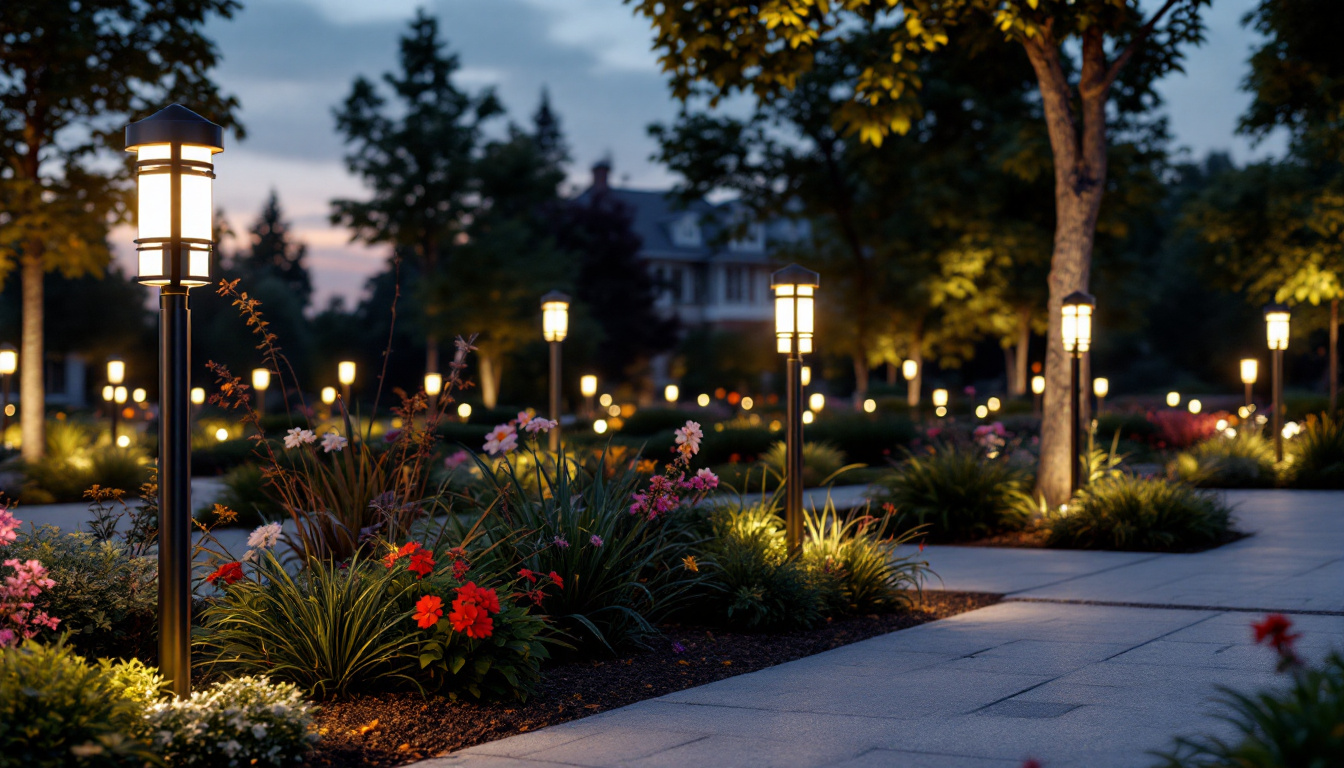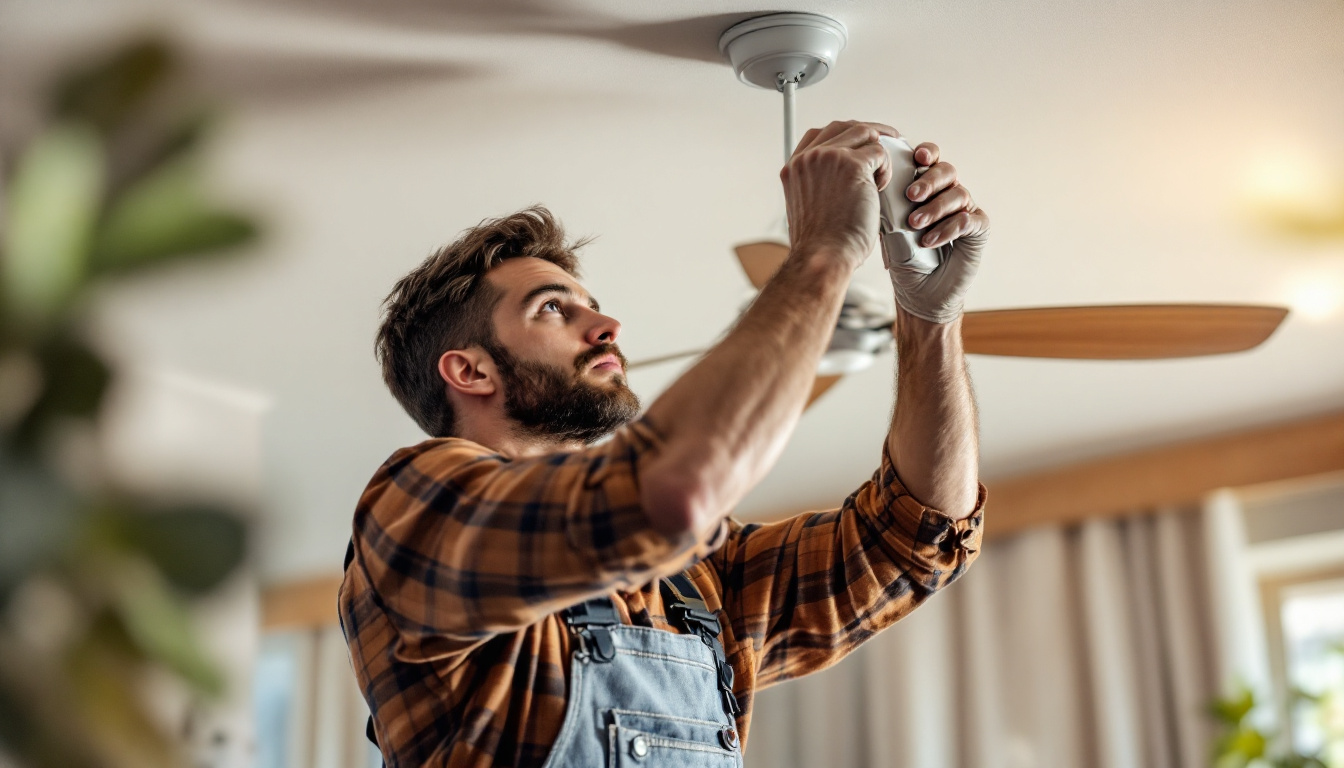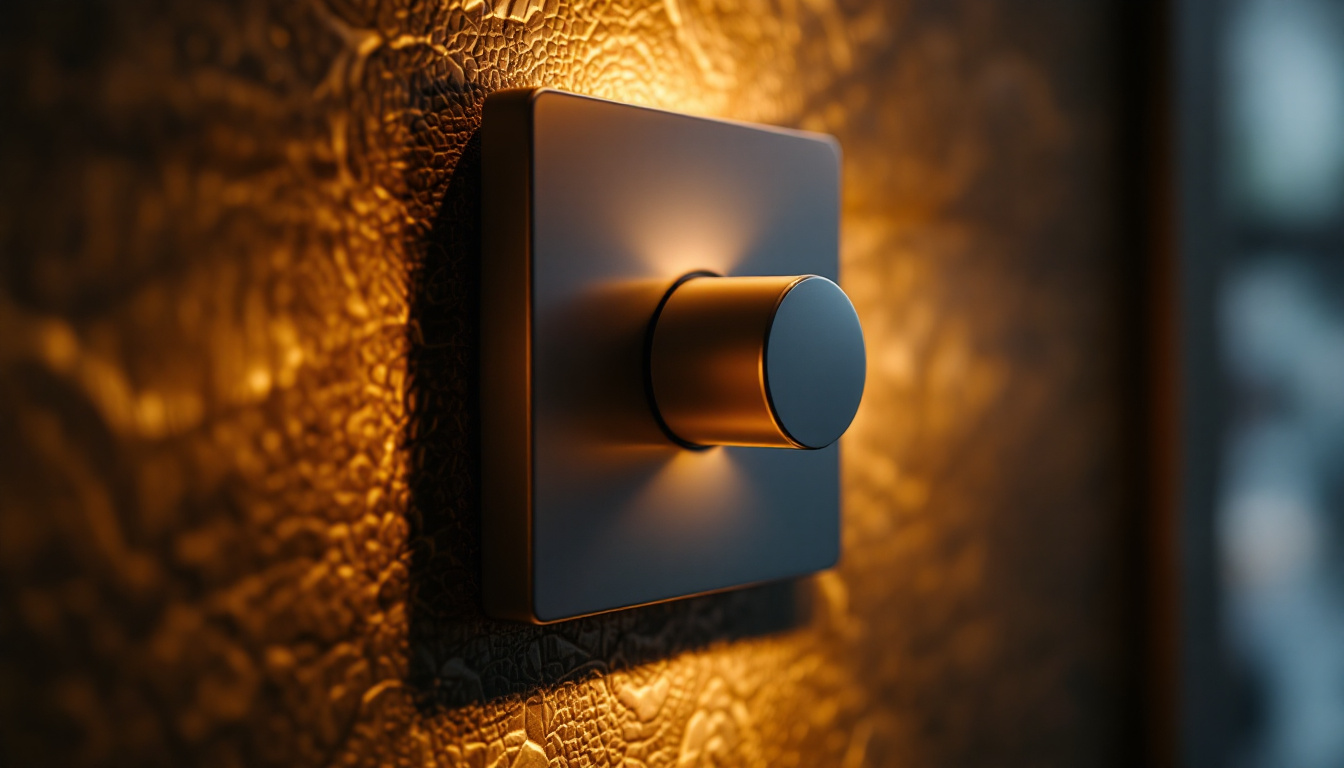

As urban landscapes evolve, the demand for effective and aesthetically pleasing lighting solutions continues to grow. light bollards have emerged as a popular choice for illuminating pathways, parks, and public spaces. For lighting contractors, understanding the nuances of light bollards is essential for successful installations and satisfied clients. This article delves into the various aspects of light bollards, offering valuable advice for lighting professionals.
Light bollards are short, vertical posts that serve both functional and decorative purposes in outdoor lighting. They are designed to provide illumination while also guiding pedestrians and enhancing the overall ambiance of a space. Available in various styles, materials, and light sources, these fixtures can be tailored to meet the specific needs of any project. Their design can range from sleek and modern to rustic and traditional, allowing them to blend seamlessly into different environments, whether it be a contemporary urban landscape or a quaint garden path.
There are several types of light bollards, each with unique features and applications. Understanding these variations is crucial for selecting the right bollard for a project.
Light bollards can be employed in a variety of settings, making them versatile fixtures for lighting contractors. Common applications include:
Furthermore, light bollards can be integrated with smart technology, allowing for features such as motion sensors or remote control via smartphone apps. This not only enhances energy efficiency but also provides an added layer of security, as lights can be programmed to activate when movement is detected. As urban areas continue to evolve, the role of light bollards in creating safe, attractive, and functional public spaces becomes even more significant.
In addition to their practical uses, light bollards can also play a role in sustainability efforts. Many manufacturers are now focusing on eco-friendly materials and production processes, ensuring that these lighting solutions not only serve their purpose but also contribute to a greener environment. By choosing sustainable options, property owners can reduce their carbon footprint while still achieving the desired aesthetic and functional outcomes in their outdoor spaces.
Selecting the appropriate light bollard for a project involves several considerations. Contractors must assess the specific needs of the location and the desired outcome.
The environment in which the bollards will be installed plays a significant role in the selection process. Factors such as climate, landscape, and existing infrastructure should be considered.
For instance, in coastal areas, materials that resist corrosion are essential. In contrast, urban settings may require bollards that can withstand heavy foot traffic and potential vandalism. Understanding these environmental factors will help ensure the longevity and effectiveness of the lighting solution. Additionally, the surrounding flora and fauna can influence the choice of materials and designs. In areas with a high likelihood of wildlife interaction, bollards may need to be designed to minimize harm to animals while still providing adequate lighting for human safety.
The design of light bollards should complement the surrounding architecture and landscape. Contractors should consider the following:
Moreover, the placement of the bollards should be strategically planned to enhance the aesthetic appeal while ensuring functionality. For example, in parks or recreational areas, bollards can be arranged to create inviting pathways or highlight specific features, such as gardens or sculptures. This thoughtful integration not only enhances the visual landscape but also guides visitors safely through the space.
The choice of light source is critical for achieving the desired brightness and energy efficiency. Here are some common options:
In addition to the type of light source, it’s essential to consider the lumen output and beam angle to ensure that the light is distributed effectively across the intended area. For instance, in parking lots or commercial spaces, a higher lumen output may be necessary to enhance safety and visibility during nighttime hours. Furthermore, incorporating smart lighting technology can provide added benefits, such as motion sensors and dimming capabilities, which not only improve energy efficiency but also adapt to the needs of the environment throughout the day and night.
Proper installation of light bollards is crucial for ensuring their functionality and longevity. Lighting contractors should adhere to best practices to achieve optimal results.
Before installation, thorough site preparation is essential. This includes assessing the ground conditions and ensuring that the area is clear of debris and obstacles. Contractors should also mark the locations where the bollards will be installed, taking care to maintain consistent spacing for visual appeal.
In addition, it may be necessary to consult local regulations regarding lighting installations, particularly in public areas. Understanding these guidelines will help avoid potential issues during the installation process.
If the bollards are electrically powered, proper wiring and connections are vital. Contractors should ensure that all electrical components meet safety standards and are suitable for outdoor use. It is also essential to consider the power supply and circuit load to prevent overloads.
For solar-powered bollards, positioning is key. They should be placed in areas that receive adequate sunlight to ensure optimal charging during the day. Regular maintenance checks should also be scheduled to ensure that solar panels remain clean and functional.
Once installed, testing the bollards is crucial to ensure they function as intended. Contractors should check the brightness, coverage area, and any motion sensors or timers that may be integrated into the design.
If adjustments are necessary, they should be made promptly to ensure the safety and satisfaction of the clients. A well-lit area not only enhances aesthetic appeal but also promotes safety and security.
Regular maintenance is essential for ensuring the longevity and efficiency of light bollards. Contractors should advise clients on best practices for upkeep.
Over time, dirt, debris, and weather conditions can affect the performance of light bollards. Regular cleaning is necessary to maintain their appearance and functionality. Contractors should recommend a cleaning schedule that includes:
In the event of damage, prompt repairs are crucial. Contractors should be prepared to address issues such as:
As technology advances, clients may wish to upgrade their lighting systems. Contractors should stay informed about the latest developments in lighting technology, including smart lighting options that allow for remote control and energy monitoring. Offering these upgrades can enhance client satisfaction and improve the overall efficiency of lighting installations.
Light bollards are an essential component of modern outdoor lighting solutions, providing both functionality and aesthetic appeal. For lighting contractors, understanding the various types, applications, and installation best practices is crucial for delivering successful projects. By staying informed about maintenance and technological advancements, contractors can ensure their clients receive the best possible lighting solutions.
As urban environments continue to evolve, the role of light bollards will only become more significant. Embracing this trend and mastering the intricacies of light bollards will position contractors for success in an increasingly competitive market.
Ready to elevate your lighting projects with the finest light bollards on the market? Look no further than LumenWholesale, where we provide contractors with exceptional, spec-grade lighting products at unbeatable wholesale prices. Our commitment to quality and affordability means you can access a wide range of reliable lighting solutions that meet the highest industry standards. With the convenience of free shipping on bulk orders, LumenWholesale is your go-to source for premium lighting without the premium price tag. Discover how we can enhance your lighting installations and help you shine in a competitive market. Visit us now for Wholesale Lighting at the Best Value.

Discover essential tips and best practices for lighting contractors on installing and maintaining ceiling light fan switches.

Discover how the Sportsbeam Field Led 800 is revolutionizing lighting designs with its cutting-edge technology.

Discover the essential guide for lighting contractors on the benefits and installation of plug-in on and off switches for lights.

Explore the essential insights into refrigeration lighting that every lighting contractor needs to know.
Get notified when NEW deals are released.
Optimize your budget with wholesale discounts.
Only top-quality, specification-grade lighting products.
No additional costs at checkout - what you see is what you pay.
We understand the unique needs of contractors.